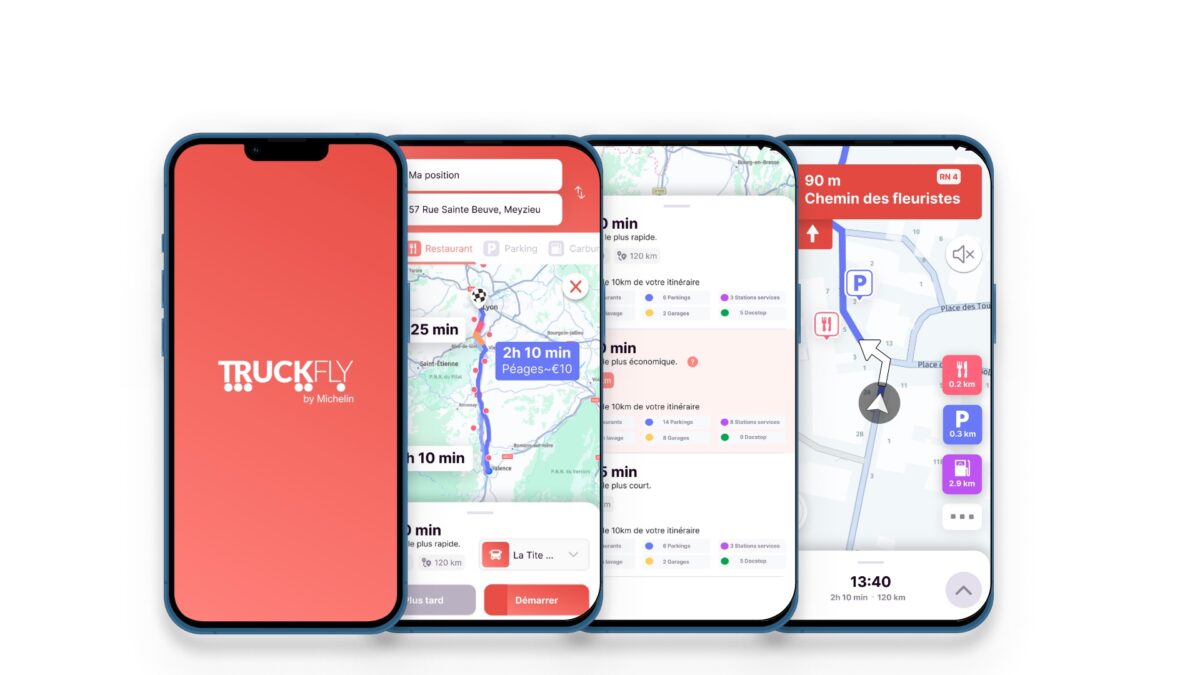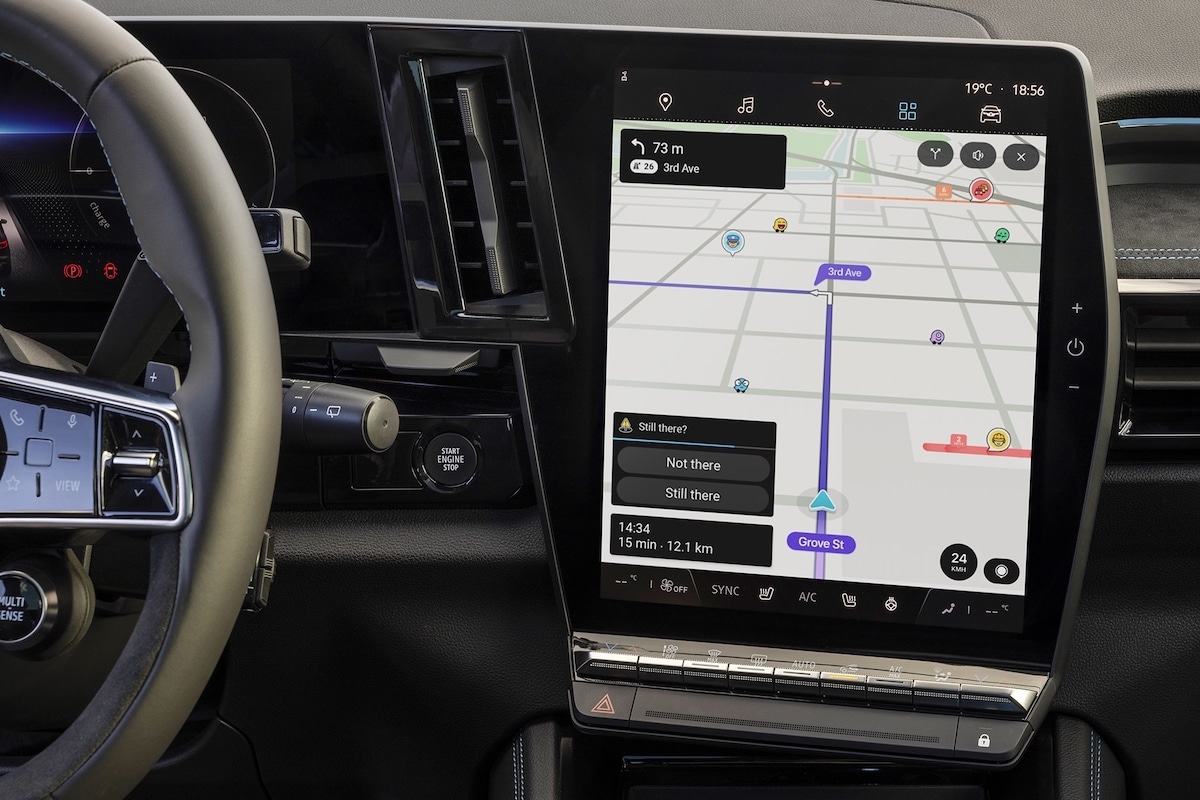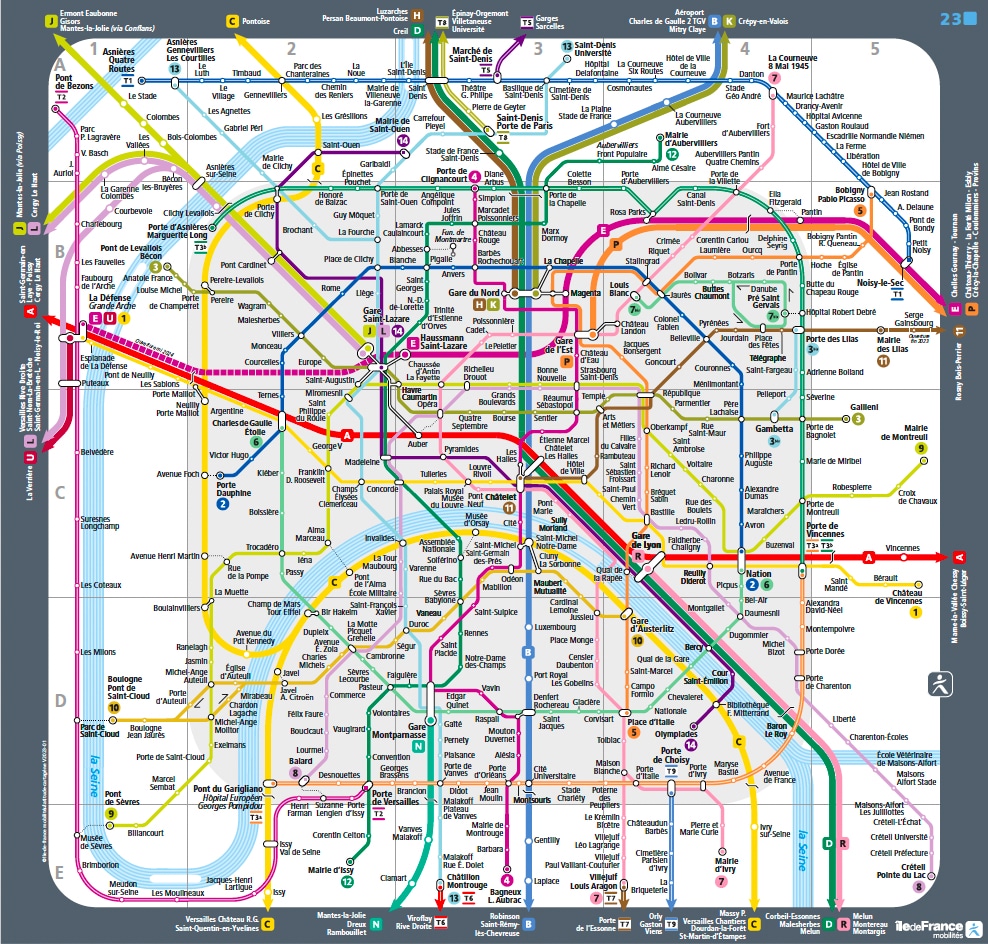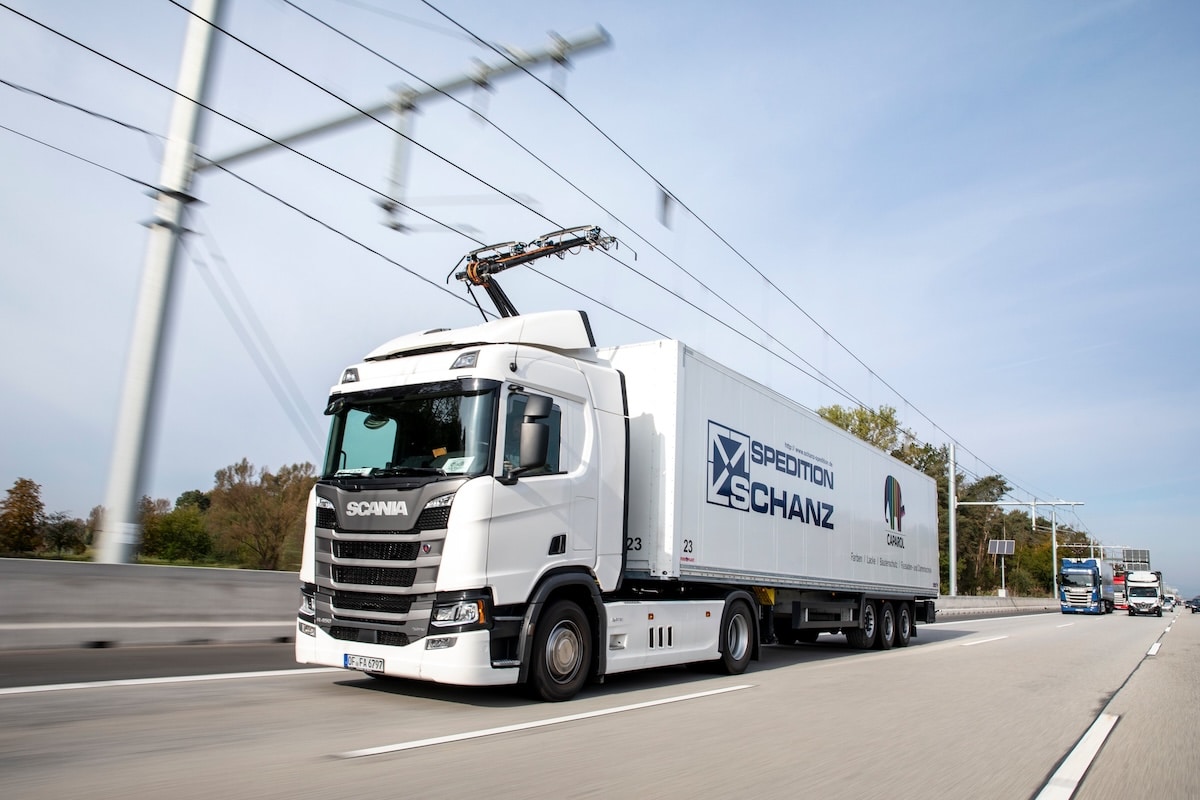“Ghost Traffic”: The Evil That Google Maps Wants to Erase
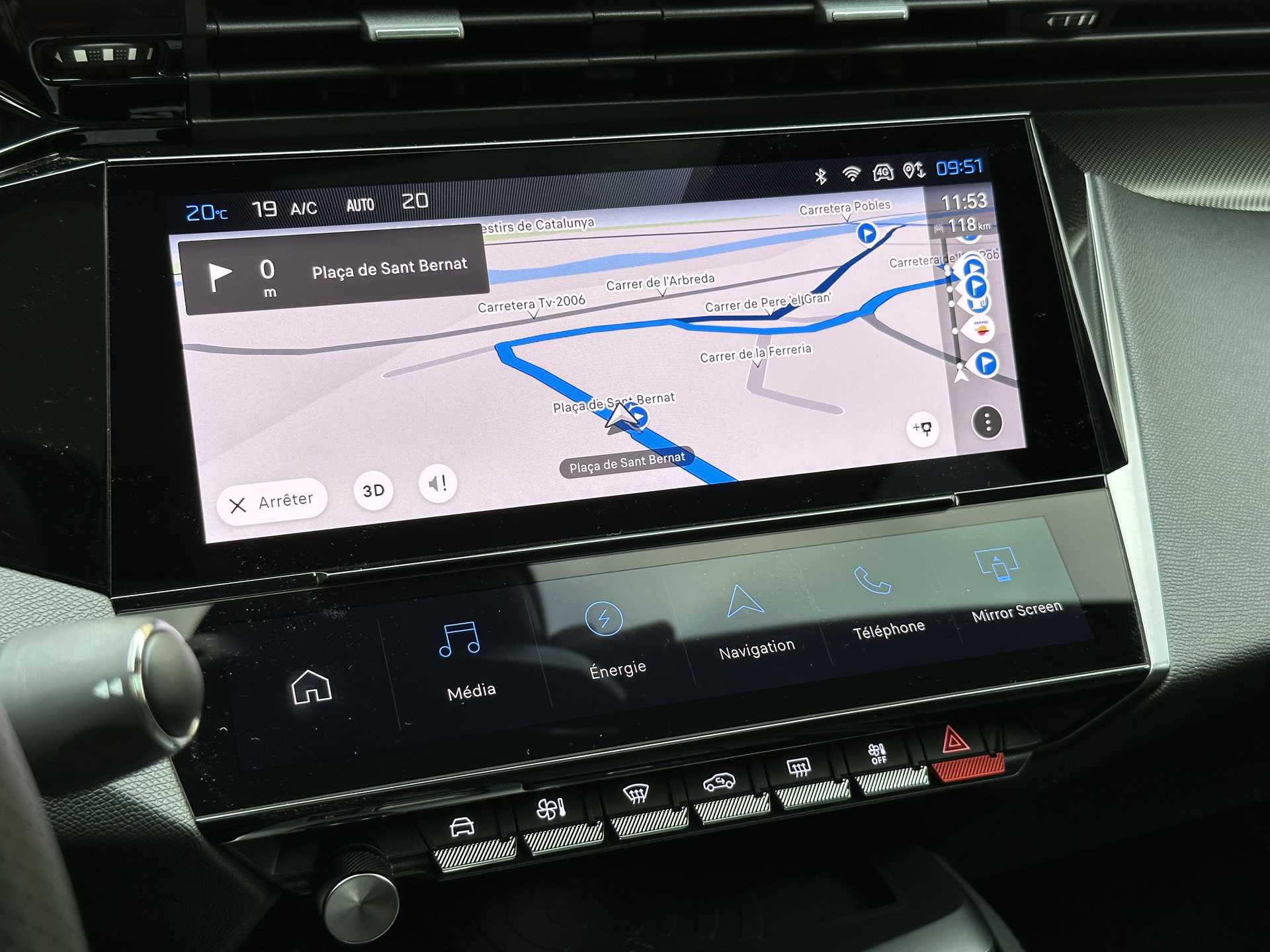
Google Maps’ artificial intelligence, despite its power, struggles to prevent traffic jams. Solutions are on the way.
We were not familiar with this term in the Google Maps jargon, proving that we learn something new every day. Thus, the next update of the famous GPS assistant for navigation – by car, on foot, by public transport, etc. – aims to tackle “Ghost traffic”.
By digging into the issue, one could relate the idea to that of accordion slowdowns or how a sudden brake at the entrance of Paris can generate a traffic jam 10 km downstream, and so on.
Solving the traffic jam problem
Heavily challenged by Waze, whose algorithm, presentation, and services (such as radar) seem to appeal more to users, Google Maps needs to step up. Its idea is to suggest a speed to comply with for each driver based on their route, aiming to lower their arrival time at a traffic jam. Would you prefer to keep moving or be stuck, gear up, accelerate, brake…?
This guiding speed from Google Maps will also help reduce the energy consumption of vehicles, whether electric or combustion. However, we learn from Google that its current system is not smart enough to understand what is happening in real time. If, within a radius of X hundred meters, many cars see their speed drop, the “brain” thinks a traffic jam is forming and will turn the map red. However, this is not necessarily the case, and the traffic jam may not develop there but much further downstream when the wave of slowdown comes to a halt.
A step towards autonomous cars?
The idea is to always keep an eye on the first car that braked, follow its speed, and then dictate to all those behind the speed to maintain in order to align with its pace. The effect is to smooth out the slowdown and thus the traffic jam. On their screen, a prominent message would invite the driver to reduce or increase their speed (always within the limits of the driving code) so that the flow of cars is more uniform.
Finally, Google concludes with a very smart remark: tomorrow autonomous cars will need this level of information exchange among themselves to align and anticipate dangers. So it’s best to develop the tool now…
ALSO READ: GPS and applications will need to offer you an eco-friendly route
This page is translated from the original post "Le “trafic fantôme”, ce mal que Google Maps veut faire disparaître" in French.
We also suggestthese articles:
Also read
